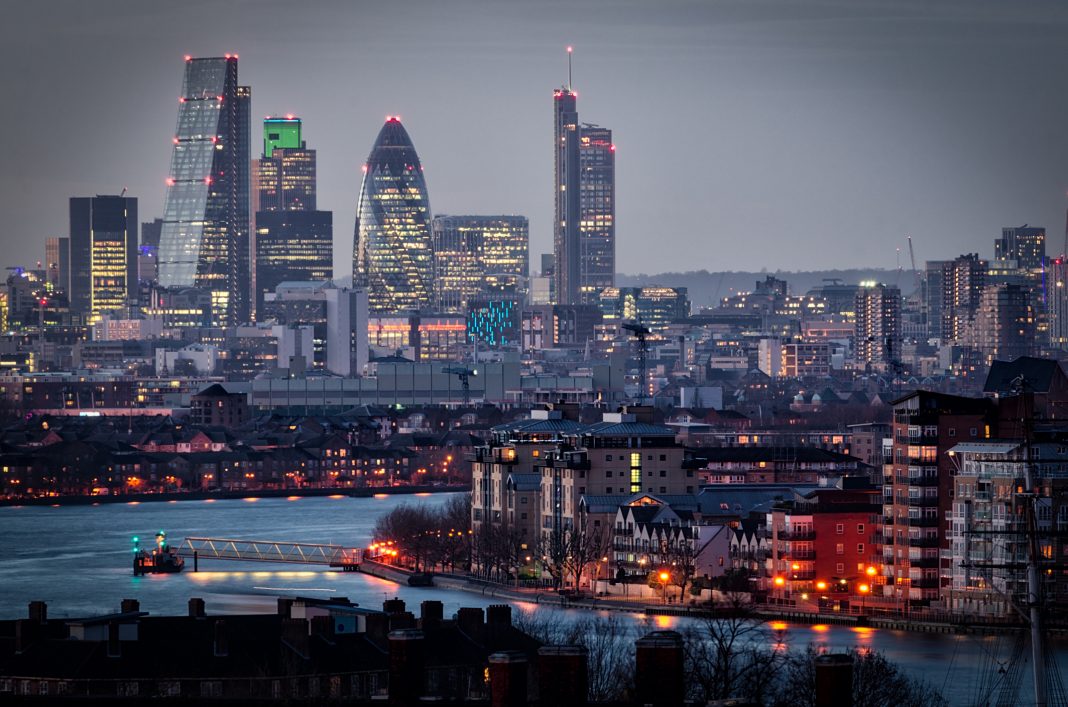As the UK continues to move past Covid-19, planning for a “new normal” is ongoing and reality capture technology is playing a big part in the great urban rethink
In the City of London, for instance, (the 1.1 square mile core of Greater London) office space planning applications were already up to 80% of the same volume in the first three months of 2021 as they were from the year before.
Meanwhile, the Bishopsgate skyscraper project remains on pace and is slated for completion in early 2023, with enough room to accommodate some 17,000 workers. Longer term, the City plans to develop an additional 1.3m square feet of shopping space by 2036.
Achieving such lofty construction goals isn’t easy. And readying buildings for the post-pandemic return-to-office surge requires a significant investment in mechanical, electrical and plumbing (MEP) systems. This includes new projects like Bishopsgate, as well as retrofitting older buildings for HVAC purposes, along with redesigned outdoor public spaces.
Increasingly, MEP contractors are turning to reality capture technology – hardware and software solutions – that enable companies to streamline costs, enhance their workflow efficiency, accelerate project completion and, perhaps most pressing, navigate Covid-19’s ongoing health and safety restrictions.
The Reality of Reality Capture technology
For MEP professionals, reality capture technology has been nothing short of a miracle, allowing those in the business to keep doing business with as little disruption as possible.
While many on a project team have been prevented from accessing a site due to lockdowns and restrictions, remote project management and monitoring via laser scanning has been able to persist. Not only that, but smaller crowds on-site have made building accessibility easier still and with fewer disruptions to in-office work.
Lacking that hustle and bustle, a one or two-person team can map the as-built environment at a specific date and time. This data can then be shared with the rest of the team through today’s cloud-based data sharing platforms. Access through such platforms allows design teams to see exactly what was going on at a particular time, which project and sub-projects are progressing, and if there are any issues to address.
Virtual reality can play a part here too, allowing a first-person perspective of the physical site – even if the operator of said VR device is thousands of miles from the actual project.
The bottom line: reality capture provides the most accurate as-built representation of the physical environment, better than any model could ever achieve. Moreover, the technology acts as a starting point to utilise the point cloud data in new workflows and processes that can add value and additional services to MEP engineers, as well as their clients and their subcontractors.
The new normal starts now
As the UK and the world emerges from the Covid-19 pandemic, new ways of building, new ways of ventilating, new ways of spacing employees and their work, and new ways of accessing and designing mechanical, electrical and plumbing systems all will need to be addressed.
For now, much of that as-built data will be captured, catalogued and shared with human-operated 3D laser scanning equipment.
Jerry Hardy
FARO Technologies UK Ltd
Tel: +44 2476973000














